Features
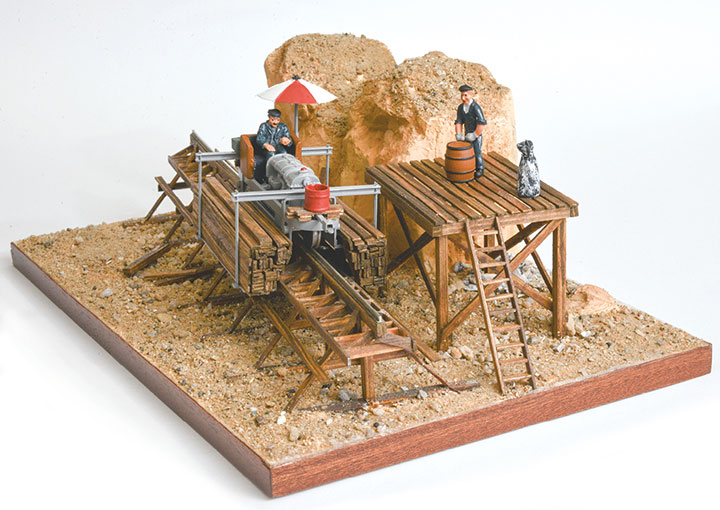
Special Feature
An American Magnesium Company
Monorail Locomotive
The ongoing stay at home lockdown in the United Kingdom provided the excuse for more time in my workshop. It was the perfect opportunity to build a small cameo model of the monorail designed by Thomas H. Wright for the American Magnesium Company. Readers may recall that I described this monorail, with drawings, in the 2008 January/February and March/April issues of the GAZETTE. In particular I wanted to capture in miniature the one intermediate station on this twenty-eight-mile-long line that ran from Trona, California, where it connected with the standard gauge Trona Railway, and the American Magnesium mine. To call this a station at Layton Spring in the Layton Canyon is a misnomer, in reality it was no more than a raised platform with a ladder to ground level, and possibly a ramp at the rear, although this is difficult to determine precisely from the one photo I have found.

Feature
My 1:24 Scale Sierra Nevada Railway
I have been a model railroader for 65 years, first in HO then in O scale. Beginning in 2004, after retirement from the Chase Bank, my railroad was to be designed and built in one of our townhouse 10- x 15-foot bedrooms. I had no basement and no outside space. Because of the room size and four foot maximum radius, my twenty large radius brass Pennsy engines were useless. After some research, I decided on 1:24 scale. My investigation found that a 3 truck Climax by Aster, West Side 3 truck Shays by Precision Scale Company, 2-6-6-2T by LGB, 2-6-0s by Accucraft, 2-8-0 C-16s by Sunset, and a 2-8-2 K-27 by Precision could all go around 48-inch radius curves with #4 turnouts. Early on, the layout began as an end-to-end logging layout called the Warrior Run Lumber Co., but soon morphed into the Sierra Nevada Ry with a circular track plan, turntable, and mainline connection. I used Llagas Creek code 215 nickel silver rail laid to 45mm gauge with track power.

Feature
Over The Rails by Internal Combustion
On the early railroads, before the invention of internal combustion engines, track inspection and the transportation of section crews and their equipment was carried out by hand powered vehicles. After Gottfried Daimler “did his thing” just before 1900, that changed. Although it took some time, railroads gradually adopted the new technology and although handcars and velocipedes were used for decades, by the middle of the 20th century, many lines had gone to gasoline-powered section cars and in many cases, larger vehicles with Diesel engines. Some of these vehicles were used for freight and passenger service, but there were also many diverse maintenance rigs that could be seen carrying or pulling various loads of gear and people. For narrow gauge enthusiasts and modelers, there are numerous examples of these vehicles.
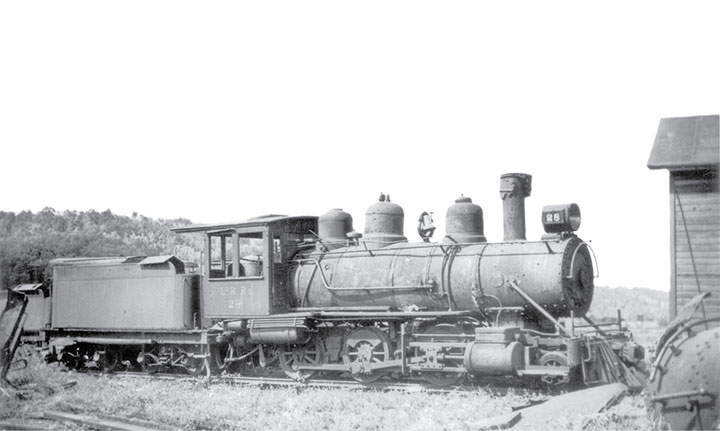
Feature
The East Tennessee & Western North Carolina Railroad and Its Locomotives
The East Tennessee & Western North Carolina Railroad/Linville River Railway system was practically bursting at the seams in 1918. World War I was underway, creating a huge demand for iron ore from the Cranberry mine to aid the war effort. The Linville River Ry. was rushing to complete its line extension to Boone to receive $27,000 in bonds from that town. Ten-Wheeler #12 had been delivered in February 1917, but with war raging, there was no way to get another Ten-Wheeler from Baldwin Locomotive Works until the war was over. With the need for motive power exceeding the supply, railroad management did something they had never done in their nearly 40-year history — they turned to the used locomotive market for more motive power. They purchased a 2-6-0 Mogul from an obscure lumber line in Louisiana.
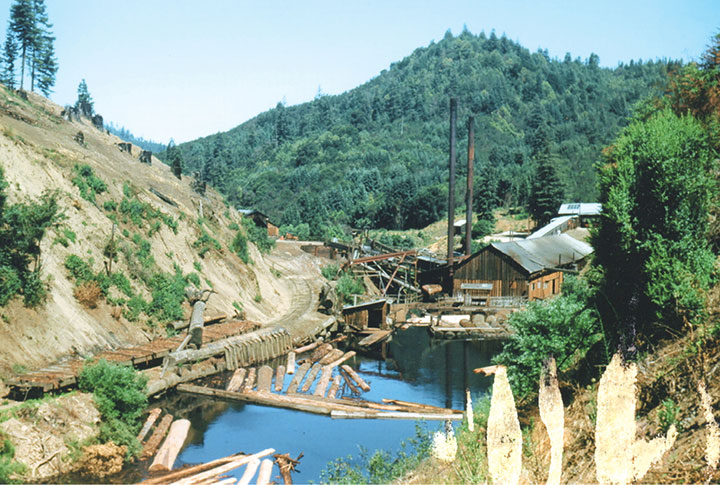
Feature
The Santa Cruz Lumber Company
The Santa Cruz Lumber Company was incorporated in November 1923, for $270,000, by George N. Ley and Hyman Steen. They purchased 12,000 acres (19 square miles of timber) of fir and redwood north of Santa Cruz, California. It was one of the last stands of old growth left in the area. By 1926, they were cutting nine million board feet of redwood at their mill which they had constructed at Boulder Creek, some twenty-four miles north of Santa Cruz. In March 1930, they announced that they were going to construct a railroad to supply logs to their mill. To start things off, they purchased some one-and-a-half miles of rails and a 42-ton Shay formerly used by the Hume-Bennett Lumber Company. The Shay cost $2,750.00, and had recently operated on the San Joaquin & Eastern Railroad at Aubury, California. The company’s new railroad would be used to reach redwood timber on Pescadero Creek. At this time, George N. Ley was president, and James A. Maddock was secretary of the company.
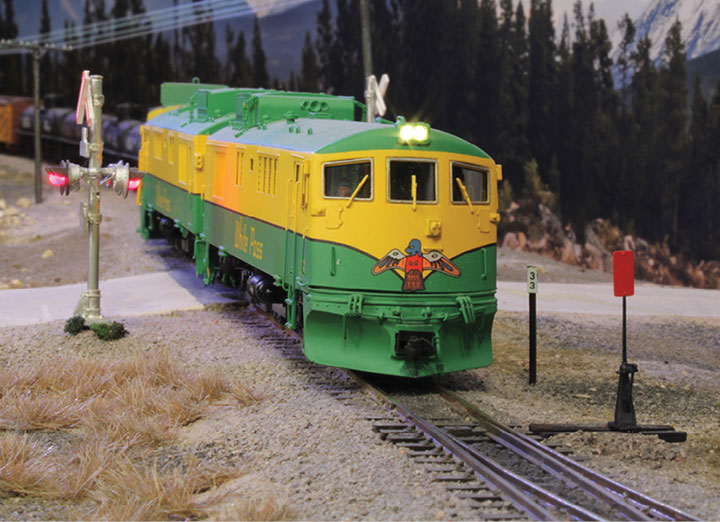
Feature
Animating Switch Stand Targets
When I set out to build my HOn3 White Pass and Yukon layout, I wanted everything on the layout to be DCC controlled, and I wanted to use Tortoise switch machines throughout. Another goal was to incorporate as much track detail as I could. Tinkering with a Tortoise switch machine one day gave me the idea that I should animate all of the switch or turnout targets on the layout. It would be an interesting detail, but also increase the realism of the layout’s operation. Since all my turnouts have Tortoise machines, I only needed to design one method of linkage to operate the targets. I used a few different styles of switch stands and targets, but fundamentally they all operate the same way. Simplicity, smooth operation, and reliability were the objectives of the project.
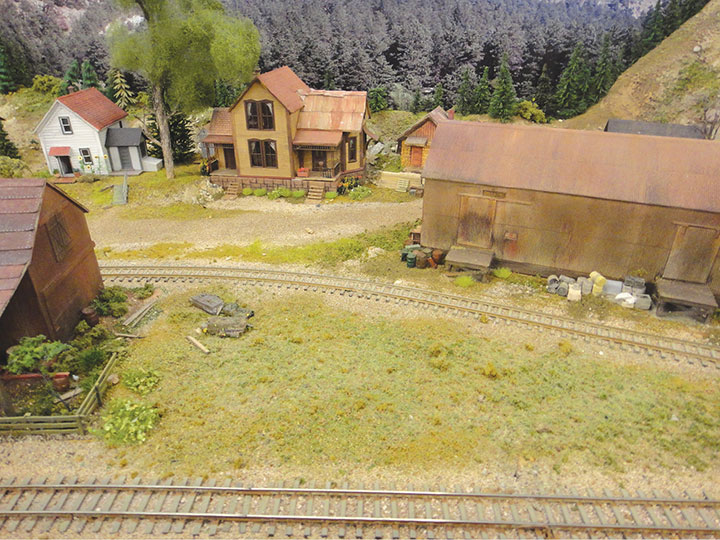
Feature
Layout Refinements
Grow Some Tall Weeds!
Part of the fun of visiting model railroads is to learn about new products and innovative techniques. On a visit to Scott McLeod’s HOn3 RGS layout, I saw a product line that was new to me: Martin Welberg Scenic Studios (they have a website) and the product line is also available from Scenic Express. The Welberg products consist of flexible mats planted full of grasses and weeds of various sizes with some clusters being as much as six feet tall in HO. This is fine for patches of very large wild grasses or thickets of shrubs. Obviously, the product would be appropriate for scales larger than HO. I ordered three of the Welberg scenic mats in three color choices. When I received the weed mats, I cut out portions of the mats to use in various places, and I used them in conjunction with smaller Silflor weed patches at the edges.
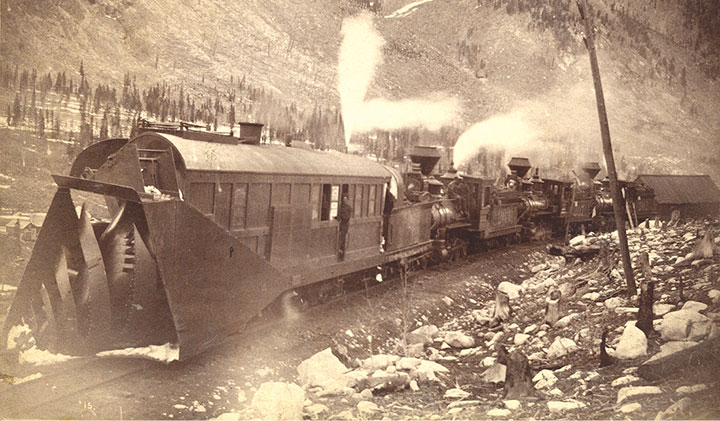
Feature
Maintenance of Way Equipment on my 0n3 Colorado Central & Southern The Jull
In the July/August GAZETTE I described building the mechanism for my On3 model of a Jull snowplow. I was happy to complete that challenging part of the model and turn to the more traditional construction of the body. I used a combination of wood and styrene for the body and the frame. This is a method I’ve used in building passenger cars with good results. Basswood seems to offer more support when used for floors and roof bracing and is easily glued to styrene. In my experience, the relatively thin styrene sheet tends to warp, sometimes quite badly, unless braced or supported. I used 1/8-inch thick basswood sheet for the floor of the body, providing a solid base on which to glue the sides.
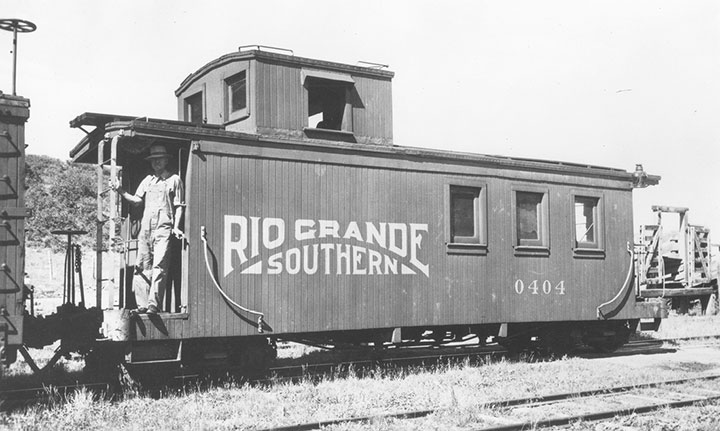
Feature
RGS Caboose 0404 Finished!
In the July/August 2014 Gazette I wrote about kit-bashing the four short cabooses (0400, 0401, 0402, 0403) that operated on the Rio Grande Southern Railroad. In the July/August 2021 Gazette, I wrote about kit-bashing the shortest of the cabeese — #0409. In this issue, I’ll share how I kit-bashed an HOn3 model of the only long caboose of the RGS, #0404. With #0404, I will have equipped my model railroad with every caboose the RGS had in its later years. Caboose #0404 is the most iconic of the RGS cabeese. It is the only long caboose the RGS owned and was later saved from scrapping by Bob Richardson. In preservation, it’s been enjoyed by countless visitors to the Colorado Railroad Museum in Golden, Colorado. Being arguably the most popular RGS caboose, I’m not sure why I left modelling it to last.
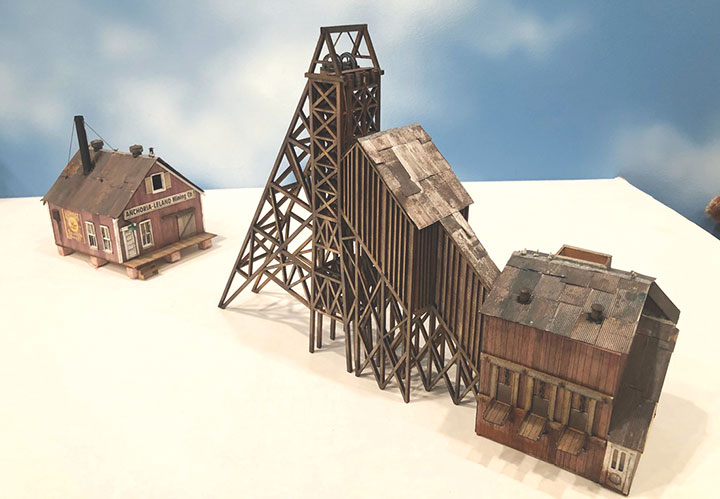
Feature
The Narrow Gauge Scene
A Tale of Two Mines
Occasionally, column topics arise from the strangest places. Some time back, my friend, Ted Stephens, asked if I would assemble a Master Creations’ Cooley’s Old Rose Mine kit for him. Ted is building a beautiful layout featuring a number of craftsman kits (See the February 2021 NMRA Magazine) and it has been my honor to build an occasional craft kit for him. In this case however, I hesitated because I have built MC kits before. They are not always fun. I believe Master Creations was started by David Spence in the early 1980s, and if memory serves, was one of the first companies featuring the then-new technology of laser cutting. I believe David’s father-in-law had an early computer-controlled laser cutter and Dave quickly saw the possibilities for model railroading. The result was a line of laser-cut kits that grew in complexity and sophistication as the new tool was mastered. In 1998, BTS, owned by Bill and Diane Wade, obtained the rights to the MC line. They have not yet produced the Master Creations line, but use the name for some of their own kits. So, none of my MC personal opinions applies to the current BTS line!
